Tis the season for ghosties and ghoulies and long-leggedy beasties, with Halloween (or Hallowe’en if we’re being grammatically correct) just around the corner. So the word of the week is also jumping on the spooky bandwagon with ‘sarcophagus’.
A sarcophagus is a type of stone container or coffin, usually made of limestone, marble or something similar. They were particularly popular in ancient Egypt as people believed that bodies should be preserved, and sarcophagi were good protection for those mummified remains.
The word itself actually has Greek origins. It comes from ‘sarx’ (σάρξ) meaning ‘flesh’, and ‘phagein’ meaning ‘to eat’ or ‘to consume’. So sarcophagus actually translates as ‘flesh eating’. Yum. Why? Well, the term was originally used to refer to a particular type of limestone that was believed to decompose or consume the flesh of the deceased more quickly. And unlike the Egyptians, many religions saw this as a good thing as it would speed up the journey to the afterlife.
The word ‘sarcophagus’ was adopted into Latin as ‘sarcophagus’ (which was very unimaginative). From there it passed into various European languages, including our own, keeping its meaning as a stone coffin or tomb, but losing the whole flesh-eating bit.
One of the most famous sarcophagi in history belonged to Tutankhamun, or King Tut, whose mummy was discovered in 1922 by British archaeologist Howard Carter in the Egyptian Valley of the Kings. Tut was actually entombed in a series of ornate sarcophagi, with the innermost one being made of solid mother-flipping gold.
Tut facts:
he was only around 18 or 19 years old when he died, so didn’t actually get to do much pharaoh-ing
no one really knows what killed him – theories include complications after a leg injury or a genetic disorder
a few people died after the discovery of Tut’s tomb giving rise to the legend of the ‘Curse of the Pharaohs’ (and lots of terrible horror films). One of those was Lord Carnarvon, a financial backer of Carter’s expedition who died from an infected mozzie bite shortly after the tomb was opened. His half brother also died not long afterwards (of blood poisoning) as did his secretary, and two other members of the expedition. Howard Carter didn’t shuffle off for another 17 years or so though, so it wasn’t a very good curse.







